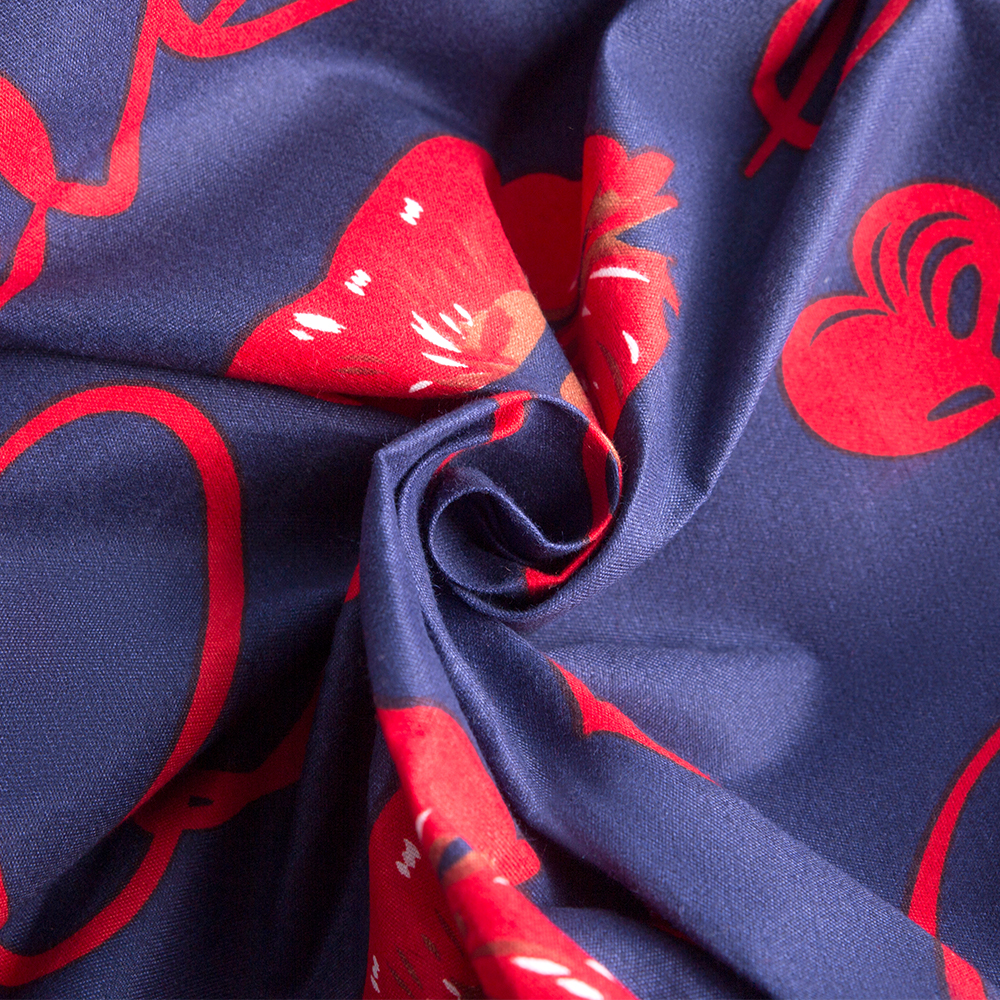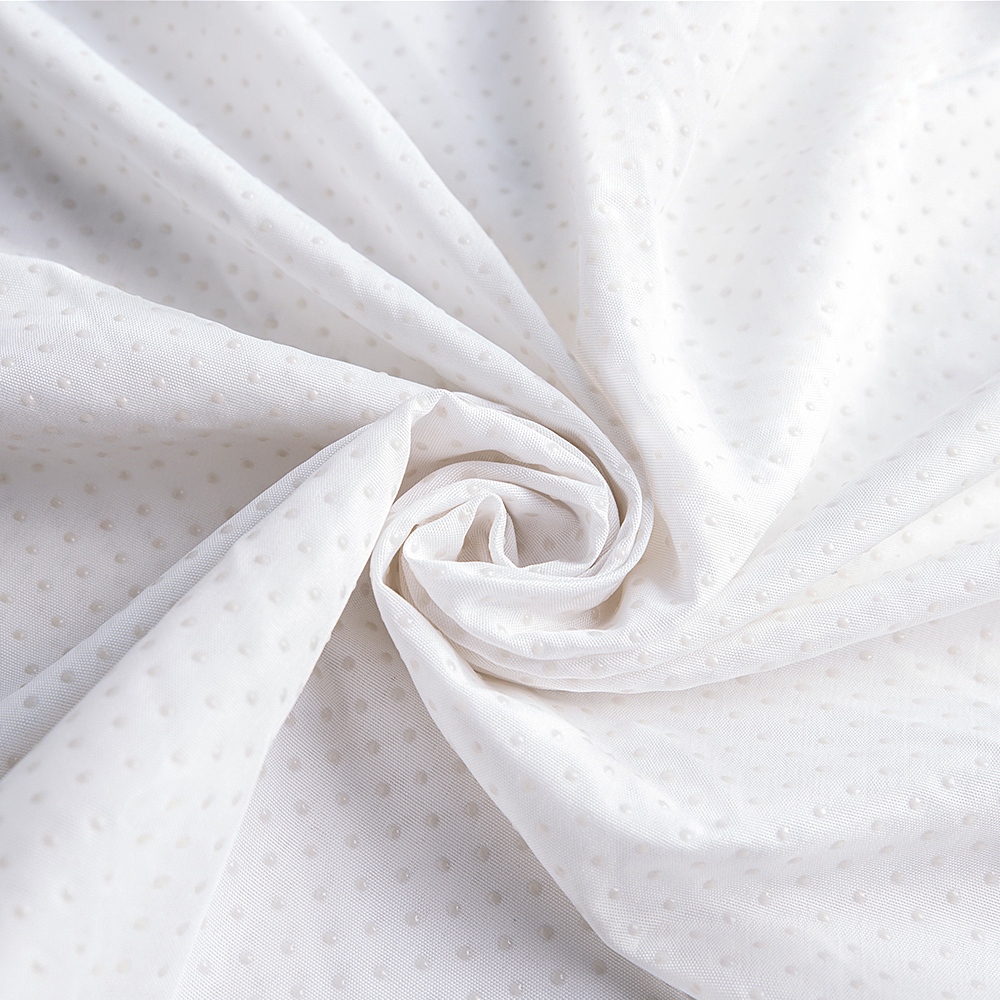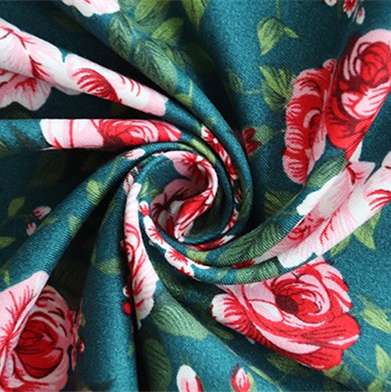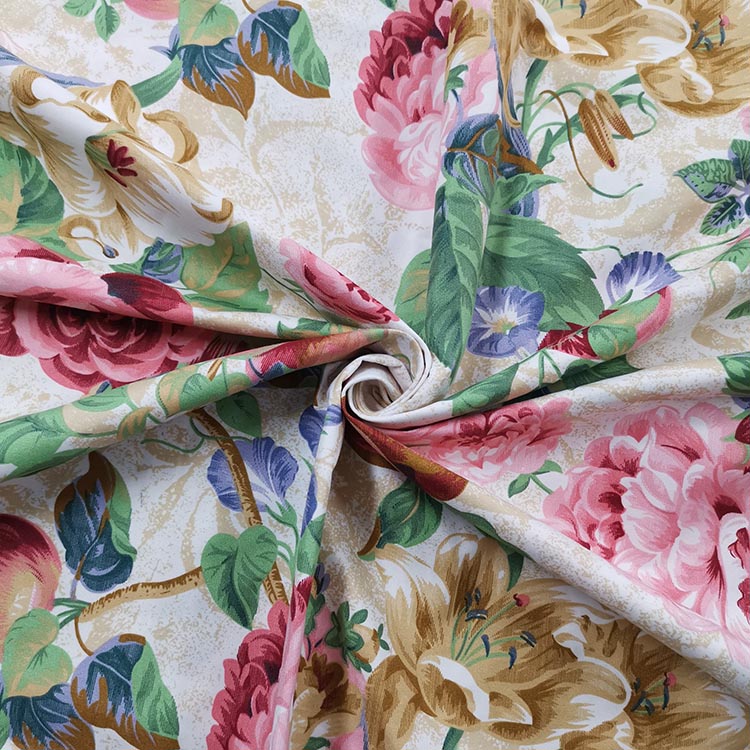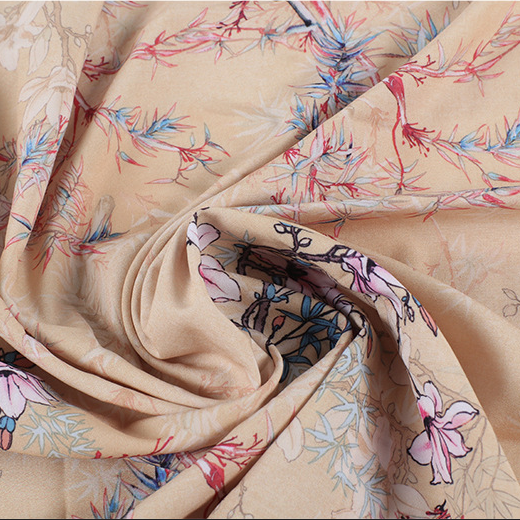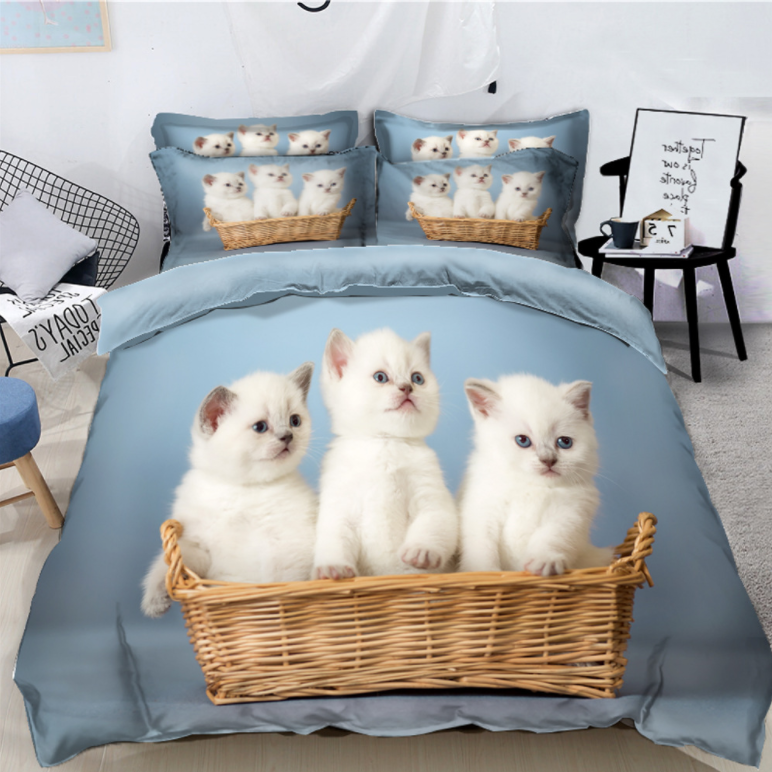Exploring the Science, Technology, and Applications Behind Waterproof Breathable Textiles
In an age where high-performance materials are becoming increasingly crucial across industries—from outdoor apparel and military gear to medical products and home furnishings—the demand for fabrics that are both waterproof and breathable has skyrocketed. But one persistent question continues to stir curiosity:
Can waterproof fabric truly be breathable?
At first glance, the two properties seem contradictory. After all, how can a material block water from entering yet still allow moisture to escape? The answer lies in the evolution of textile technology, particularly in the development of advanced membrane systems and coatings.
This article dives deep into the science behind waterproof breathable fabrics, how they work, the technologies involved, and how to choose the right fabric based on application.
1. What Does Waterproof and Breathable Really Mean?
Before exploring the compatibility of these two features, it’s essential to define them clearly.
Waterproof
A waterproof fabric is one that prevents liquid water from penetrating. It is often rated based on hydrostatic head pressure, measured in millimeters (mmH₂O). A higher number indicates stronger resistance to water penetration.
| Water Resistance | Hydrostatic Pressure Rating | Application |
| Low | 1,000–5,000 mm | Light rain, casual wear |
| Moderate | 5,000–10,000 mm | Hiking, active sports |
| High | 10,000–20,000 mm+ | Snow sports, extreme weather |
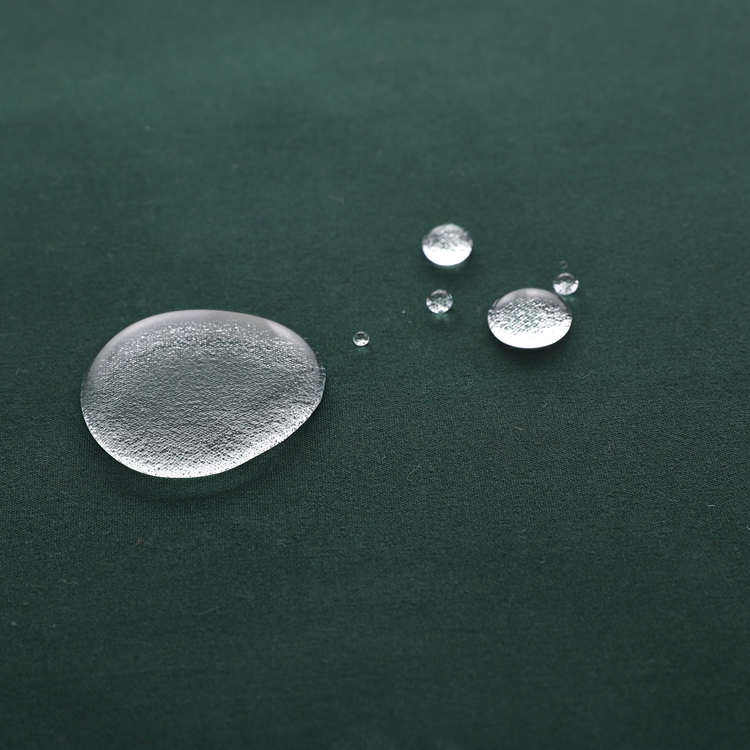
Breathable
Breathability refers to the ability of a fabric to allow water vapor (sweat) to escape, helping regulate body temperature and prevent clamminess.
It is commonly measured using:
-
MVTR (Moisture Vapor Transmission Rate): g/m²/24h – the higher, the better.
-
RET (Resistance to Evaporative Heat Transfer): the lower, the better (RET <6 = excellent, 6–13 = good).
2. The Science: How Can Fabric Be Both Waterproof and Breathable?
Waterproof breathable fabrics achieve the seemingly impossible by using barriers that block liquid water but allow water vapor (gas) molecules to pass through.
There are two primary methods used in modern fabric technology:
a) Microporous Membranes
These membranes, made of materials like expanded PTFE (e.g., GORE-TEX®) or polyurethane, contain billions of microscopic pores. Each pore is:
-
Smaller than a water droplet → prevents water from entering.
-
Larger than a water vapor molecule → allows sweat to escape.
This creates a one-way system where liquid water stays out, but vapor goes out.
b) Monolithic (Hydrophilic) Membranes
Instead of relying on pores, hydrophilic membranes absorb and transport moisture via molecular diffusion. These are solid films that “pull” vapor from the inside and push it out through absorption and evaporation.
Example technologies: SympaTex®, PU-based coatings
| Feature | Microporous Membrane | Hydrophilic Membrane |
| Breathability | Excellent | Moderate to Good |
| Waterproofness | Excellent | Excellent |
| Durability | High | High |
| Clog Resistance | Lower (can clog) | Higher (solid surface) |
| Maintenance | Needs cleaning to maintain | Easier to maintain |
3. Common Waterproof Breathable Fabric Technologies
Here are some of the most popular waterproof-breathable technologies in the market:
GORE-TEX®
-
PTFE-based microporous membrane
-
Highly durable and breathable
-
Used in premium outdoor gear
eVent®
-
Microporous ePTFE with direct venting
-
Offers very fast moisture transfer
-
Popular in professional outdoor and tactical wear
SympaTex®
-
Hydrophilic, monolithic membrane
-
Eco-friendly and 100% recyclable
-
Excellent for cold-weather use
Polyurethane (PU) Coated Fabrics
-
Low-cost alternative
-
Moderate waterproofing and breathability
-
Used in everyday raincoats, tents, and tarps
4. Application Areas: Why Breathability Matters
Outdoor Apparel
Breathability is essential in jackets, hiking pants, and gloves to prevent sweat buildup during physical exertion in rain or snow. Non-breathable fabrics trap heat and moisture, leading to discomfort or hypothermia in cold weather.
Sportswear & Snow Gear
Athletes and skiers demand both weather resistance and thermal regulation, making waterproof-breathable fabrics a must-have for performance.
Medical Use
Hospital mattress covers, surgical gowns, and barrier fabrics use breathable waterproof materials to ensure liquid protection while maintaining patient comfort.
Baby Products
Breathable waterproof fabrics are used in baby mats, diaper liners, and bibs for skin-friendly moisture control.
Home & Furniture
Sofa covers, outdoor cushions, and mattress protectors made with breathable waterproof layers offer both comfort and protection from spills.
5. The Breathability Myth: Not All Waterproof Fabrics Are Breathable
A critical distinction to understand:
All breathable waterproof fabrics are waterproof, but not all waterproof fabrics are breathable.
PVC-coated tarpaulins, oilcloth, rubberized fabrics – all block water, but they do not allow vapor transmission. Wearing a raincoat made from these materials may keep you dry from the rain but soaked in your own sweat.
When purchasing waterproof materials, always check whether the product is labeled as “breathable” or includes technical performance metrics (e.g., MVTR > 10,000 g/m²/24h).
6. How to Choose the Right Waterproof Breathable Fabric
| Use Case | Recommended Fabric | Key Considerations |
| Outdoor Jacket | GORE-TEX / eVent | High waterproofness + high MVTR |
| Casual Rainwear | PU-coated polyester | Budget-friendly, moderate performance |
| Ski/Snowboard Gear | SympaTex / GORE-TEX Pro | Cold-weather insulation + weatherproof |
| Baby Mattress Protector | TPU-laminated fabric | Soft, safe, waterproof, and breathable |
| Medical Barrier Fabric | PU or PEVA film-based | Sterility, cleanability, moderate breathability |
7. Care and Maintenance Tips
To keep waterproof breathable fabrics performing at their best:
-
Avoid fabric softeners or bleach – they clog membrane pores.
-
Use mild detergents – look for cleaners labeled "safe for technical fabrics."
-
Reapply DWR (Durable Water Repellent) coating after 10–15 washes.
-
Air-dry or tumble-dry on low – heat helps reactivate water repellency.
-
Do not iron membrane layers directly – it may melt or warp.
8. Environmental Considerations
As sustainability becomes a key concern in textile development, many brands now offer:
-
Fluorine-free DWR coatings
-
Recyclable membranes (e.g., SympaTex)
-
Recycled fabric backers and laminates
Look for certifications like OEKO-TEX®, bluesign®, or GRS to ensure your waterproof breathable fabric is eco-responsible.
9. Conclusion: Yes, Waterproof Fabric Can Be Breathable
Thanks to cutting-edge textile engineering, waterproof and breathable are no longer mutually exclusive. With the right combination of membrane technology, fabric construction, and finishing treatments, manufacturers can produce materials that shield users from water while allowing sweat vapor to escape.
Whether you're gearing up for a mountain expedition or choosing a baby-safe mattress protector, waterproof breathable fabrics offer comfort, safety, and performance—proving that innovation in textiles can solve even the most paradoxical challenges.





 English
English
 中文简体
中文简体

